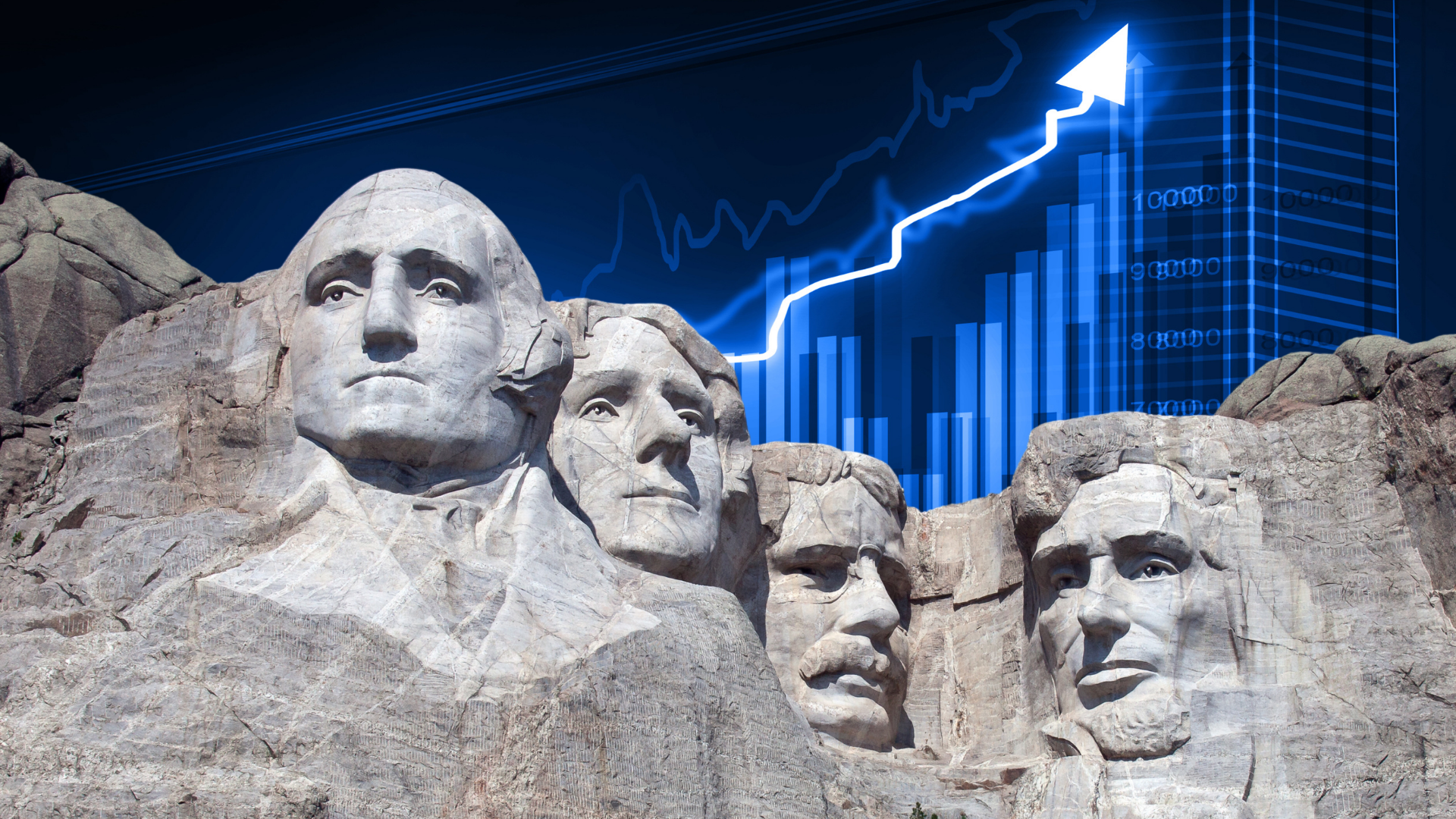You are now leaving the Strong Valley Wealth & Pension, LLC ("Strong Valley") website. By clicking on the "Schwab Alliance Access" link below you will be entering the Charles Schwab & Co., Inc. (“Schwab”) Website. Schwab is a registered broker-dealer, and is not affiliated with Strong Valley or any advisor(s) whose name(s) appears on this Website. Strong Valley is/are independently owned and operated. Schwab neither endorses nor recommends Strong Valley. Regardless of any referral or recommendation, Schwab does not endorse or recommend the investment strategy of any advisor. Schwab has agreements with Strong Valley under which Schwab provides Strong Valley with services related to your account. Schwab does not review the Strong Valley website(s), and makes no representation regarding the content of the Website(s). The information contained in the Strong Valley website should not be considered to be either a recommendation by Schwab or a solicitation of any offer to purchase or sell any securities.

Have you heard about the tax benefits of using a Health Savings Account (HSA)? Discover how you can maximize savings and plan for future medical expenses. This quick read will share different tax advantages of having an HSA and how this may benefit you in the long-term.

As retirement planning becomes increasingly complex, one vehicle is gaining attention for its potent blend of savings and tax advantages: the Health Savings Account (HSA), often dubbed the "medical IRA." This unique account stands out in the financial landscape for its triple-tax benefits, making it an essential tool for individuals aiming to secure their medical and financial well-being in retirement.
The HSA is more than just a savings account. It's a strategic investment platform that, under certain conditions, allows for tax-free contributions, growth, and withdrawals. To be eligible, one must be enrolled in a high-deductible health plan (HDHP) among other criteria. The HSA can cover a wide range of qualified medical expenses prior to age 65, including doctor visits, dental and vision care, and prescriptions, making it a versatile asset in managing healthcare costs.
Tax-Deductible Contributions: Contributions to an HSA are made with pre-tax dollars, effectively reducing your taxable income. This immediate tax break can yield significant savings, lowering your overall tax bill.
Tax-Free Growth: The funds within an HSA grow tax-free. This means any interest, dividends, or capital gains accumulate without being subject to taxes, allowing the account to grow more rapidly.
Tax-Free Withdrawals for Medical Expenses: Withdrawals from an HSA for qualified medical expenses are tax-free, even in retirement. This benefit is particularly valuable as healthcare costs often become a more significant part of household spending in later years.
Maximize Contributions: The limit is several thousand dollars for an individual (and nearly double for families), and it usually increases each calendar year. There is also a catch-up contribution for those aged 55 and older. Maximizing contributions can enhance tax savings and provide a larger fund for future medical expenses.
Invest Wisely: Many HSAs offer investment options similar to those found in retirement accounts. By investing the HSA funds, it can potentially increase the growth rate, turning it into a powerful tool for retirement savings.
Plan for the Long Term: Instead of using the HSA for current medical expenses, consider paying out-of-pocket, if able, allowing the HSA to grow over time. This strategy can build a substantial tax-free fund for healthcare costs in retirement.
Understand the Rules: After age 65, funds can be withdrawn from the HSA for non-medical expenses without penalty, but these withdrawals will be taxed as income. However, medical expenses remain tax-free, underscoring the HSA's role as an important retirement healthcare fund.



